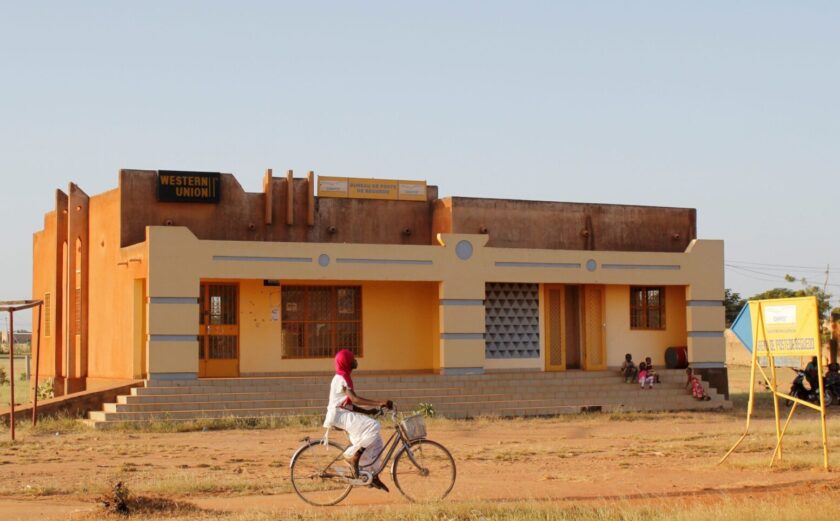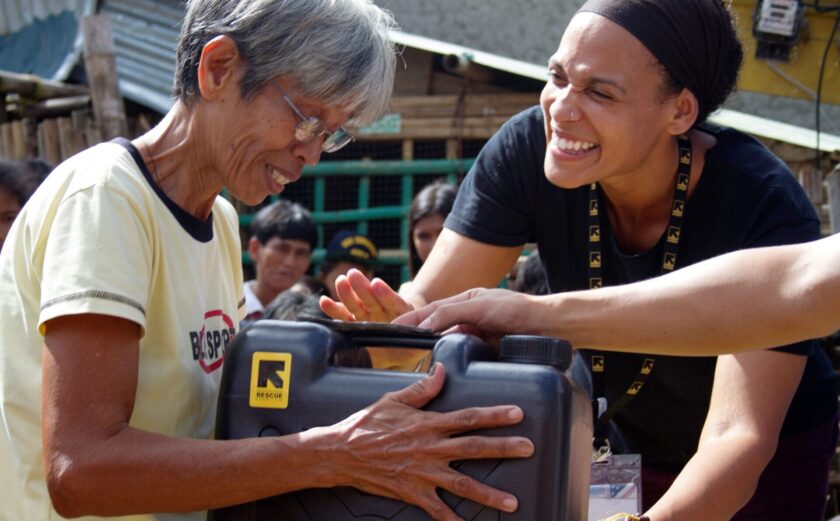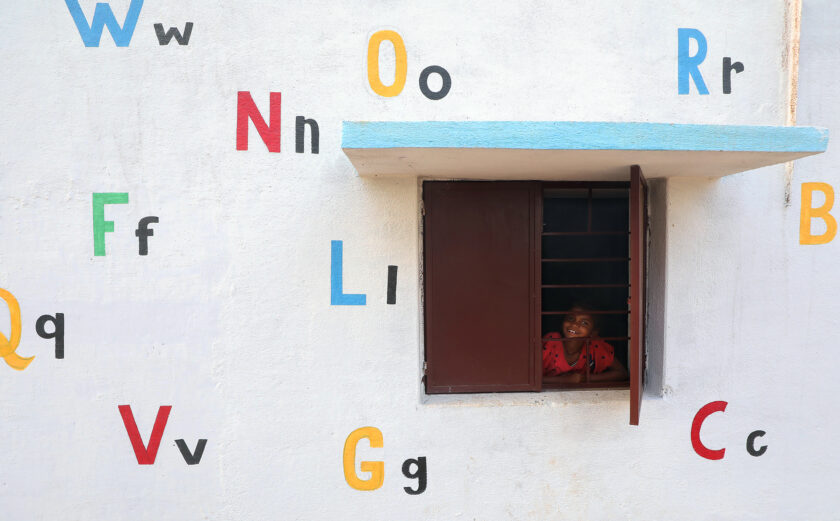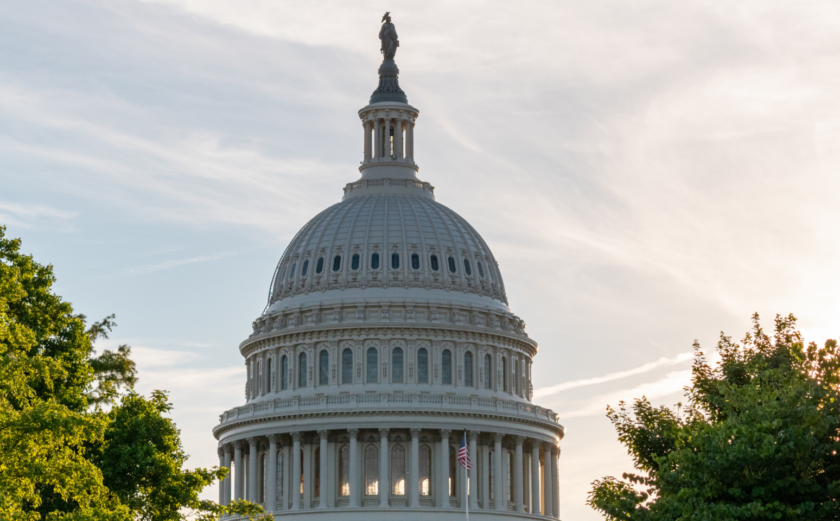
Preparing for the Farm Bill Re-Authorization at a Time of Critical Need
After decades of progress, global hunger and malnutrition is on the rise. More than 735 million people do not know where their next meal will come from. Across the globe in 2022, stunting impacted almost 150 million children under five, while wasting impacted 45 million children under five, threatening their lives and long-term development.
Meanwhile, almost one in nine people in the world are severely food insecure. In short, the situation is dire.
This reality is a result of the compounding shocks of climate-linked disasters, COVID-19, and conflict, which have destabilized food systems worldwide. The war in Ukraine plunged vulnerable communities even deeper into crisis. The Farm Bill, which fights both acute and chronic hunger and malnutrition, is a vital tool for reversing these trends.
Title III of the Farm Bill authorizes several important international food aid programs that save lives in times of emergency and address the root causes of food insecurity and malnutrition. These programs include:
- Food for Peace Title II (“Food for Peace”)
- McGovern-Dole International Food for Education and Child Nutrition Program (“McGovern-Dole Food for Education”)
- Bill Emerson Humanitarian Trust
- Food for Progress
As the world faces a hunger crisis and the prospect of continuing insecurity caused by conflict and climate change, Congress must update and re-authorize the Farm Bill food security programs. Support for these programs will save millions of lives, and reduce insecurity and instability in the future, thus advancing United States moral imperatives and national security interests.
To explain the critical role of the 2024 Farm Bill programs, InterAction has published the following resources:
- International Food Aid—Summary of Farm Bill Asks highlights the five priority programs in the Farm Bill. It outlines the operations and the importance of each program, and points to sections that could be strengthened in the 2023 re-authorization.
- Farm Bill Programs: Stories of Resilience gives seven specific and grounded examples of how initiatives enabled by Farm Bill programs have worked to build communities’ resilience around the world.
- The Truth About Food Aid addresses common misconceptions of international food assistance programs in the Farm Bill.
- A letter from 43 CEOs to the House Agriculture Committee and Senate Agriculture Committee urges Congress to strengthen international food and nutrition programs in the Farm Bill that will better support local farmers to feed their families and communities.
For more information on the broader Farm Bill reauthorization and what is included in the bill, see the Congressional Research Services’ report here.
To learn more about the impact of U.S. food assistance programs and how they can be strengthened, please reach out to Sara Nitz Nolan about meeting with InterAction’s Food Security, Nutrition and Agriculture Working Group.
—
This blog was originally published in March 2023. It has been updated with current information.







